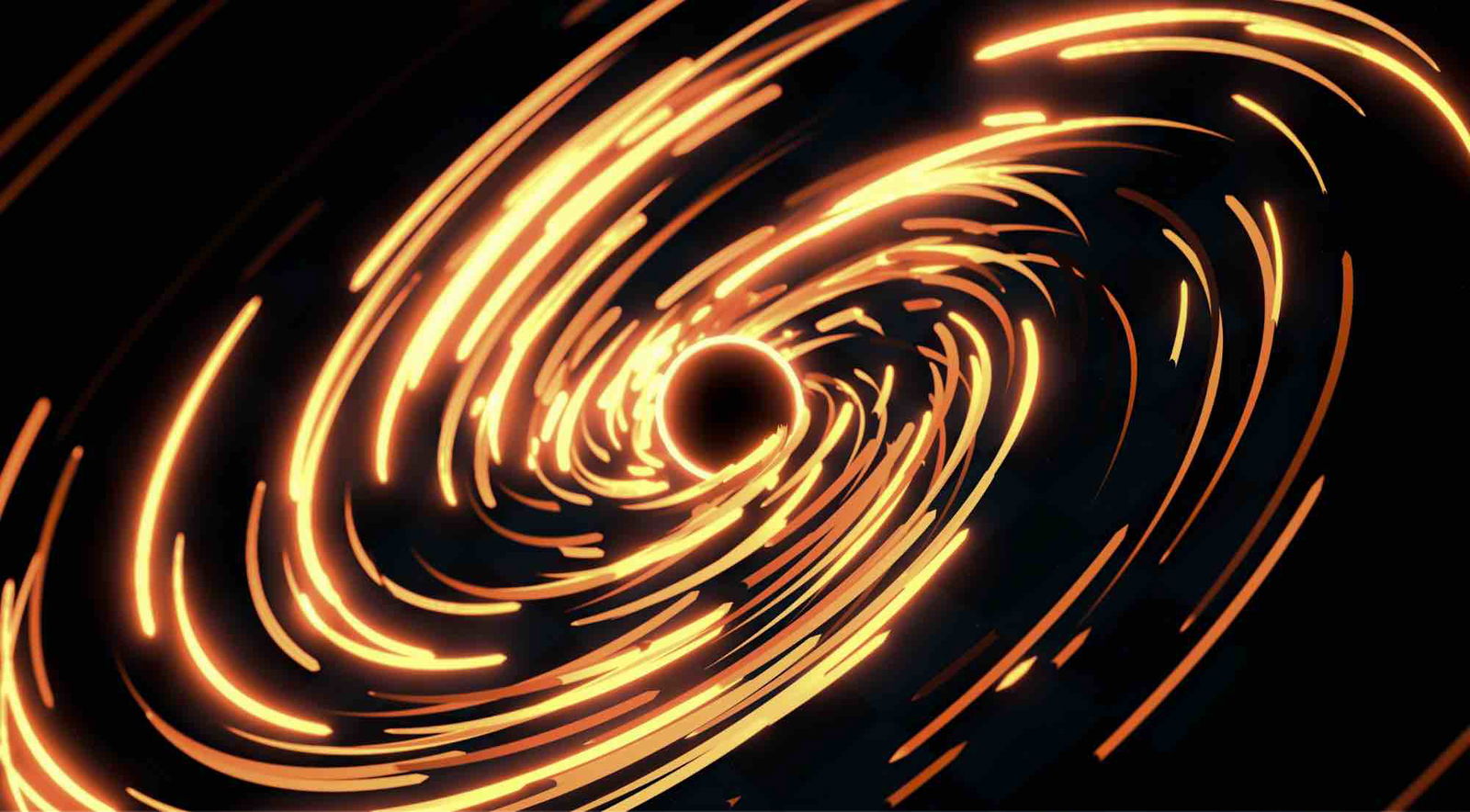Close to a century after it was first conceived, quantum mechanics remains one of the most profound—and puzzling—theories in physics, and many scientists still don’t know quite what to make of it, a new survey has revealed.
The recognition of this problem isn’t anything new. In 2016, a survey of 149 physicists revealed that although most agreed interpretations of quantum theory are important, a far smaller number indicated they were sufficiently well-versed in the field’s most fundamental concepts.
Revealing a surprising lack of consensus among physicists when it comes to questions involving mind-bending topics like the nature of quantum randomness, the role of measurement, and other pressing issues in quantum physics, the 2016 survey, carried out by researchers Sujeevan Sivasundaram and Kristian H. Nielsen, still offered too small a sample to really offer a comprehensive perspective on what appeared to be a much broader issue in modern physics.
Now, to mark the 100th anniversary of quantum theory, Nature recently reported that it has conducted the largest-ever survey of quantum physicists, revealing that this deep schism persists as strongly as ever. Primarily, the division centers on interpretations of the mathematical framework that governs the subatomic world, ranging from the mainstream Copenhagen interpretation to radical alternatives, such as the Many Worlds hypothesis.
Quantum Theory’s Uneasy Core
At its simplest, quantum mechanics involves mathematical descriptions of the motion and interaction of subatomic particles, introducing concepts such as wave-particle duality, the uncertainty principle, and the quantization of energy as fundamental elements that help scientists accurately predict experimental outcomes.
However, it doesn’t always necessarily provide a clear, intuitive picture of what is physically occurring at scales that comprise the minuscule and often strange quantum realm. This divide between its predictive power and intuitive understanding has long troubled physicists.
Aiming to address some of the predominant attitudes within the modern physics community, Nature’s recent survey gathered responses from over 1,100 scientists out of more than 15,000 invitations, with the majority of respondents being physicists. Based on the results of that survey, primary tensions are centered on how to interpret the wavefunction, the mathematical object at the heart of quantum theory.
According to 36% of respondents, the wavefunction represents something real. By contrast, 47% say it is merely a useful calculation tool, while another 8% reported that it only reflects subjective beliefs about experimental outcomes. The varied responses reflect a consistency in the ongoing clash between realist interpretations, which see quantum mechanics as describing the physical world, and epistemic views, which argue the theory describes only our knowledge of that world.
Divided on the Boundary Between Worlds
In terms of whether there is a clear boundary between the quantum and classical worlds, Nature’s recent survey revealed an even split, at the core of which is the famous “measurement problem,” describing the mysterious process in which quantum possibilities appear to “collapse” into definite outcomes once they are observed.
Based on feedback from more than 100 respondents, the survey’s framing of the question was rejected altogether, with these scientists offering their own interpretations—many of which seemed completely contradictory from one to the next.
Copenhagen is Still King — But Contested
The Copenhagen interpretation, an influential yet loosely defined set of views developed by pioneers such as Werner Heisenberg, Max Born, and Niels Bohr, among others, asserts that quantum properties don’t exist in a definite state until they are measured, and that what we observe is shaped by the act of observation itself. This view continues to guide practical research, especially among experimental physicists — nearly half of whom favor it, compared to 33% of theorists, according to recent survey results in Nature.
Still, critics argue that Copenhagen’s dominance stems more from historical momentum than conceptual merit. According to the recent survey, even among supporters of the Copenhagen interpretation, a noteworthy range of views existed regarding whether the wavefunction reflects physical reality (29%) or merely probabilities (63%).
Still, not all physicists are content with the Copenhagen status quo, and several alternatives have attracted substantial followings. The Many Worlds interpretation, introduced by Hugh Everett in 1957, posits the existence of parallel universes and eliminates the need for phenomena such as wavefunction collapse, asserting that all possible outcomes of a quantum measurement can occur, albeit each with its own individual branching universe. Fifteen percent of the respondents to Nature’s survey favored this interpretation over the Copenhagen interpretation.
Still other interpretations drew small percentages of favor, including Bohmian mechanics, which reintroduces determinism through “pilot waves,” at 7%, and ‘spontaneous collapse’ theories, which posit that the wavefunction collapses on its own under certain conditions, at just 4%.
A particularly striking shift that emerged from the views represented in the survey results is the growing support for epistemic interpretations—those which see the wavefunction as a reflection of information, as opposed to reality. Nature’s survey found that close to 17% support this position in 2025—a notable increase from the 7% reported in the smaller 2016 survey by Sivasundaram and Nielsen, though methodological differences make direct comparisons imperfect.
Quantum Physics Interpretations: Still a Work in Progress
While the debate over interpretations may seem philosophical, some argue it has practical consequences for quantum computing, encryption, and other applications. Yet many working physicists tend to focus almost exclusively on results, while placing little concern toward what the equations they work with really mean.
Altogether, the survey appears to confirm that, despite a prevalent—and growing—interest in the quantum side of modern physics, many in the field appear to remain divided on its core concepts. Additionally, as past surveys, such as the one conducted in 2016, have shown, some scientists appear to be largely unfamiliar with the primary questions that define quantum physics and some of its greatest mysteries.
A few profound questions arise from all this: if the physics community doesn’t agree on what quantum mechanics means—and in some cases, doesn’t necessarily grasp its concepts—how can physicists truly claim to understand it more broadly? Furthermore, what would be required to advance our current approaches beyond predictive utility and move toward conceptual clarity instead?
Whatever the case, as quantum physics enters its second century, it remains as indispensable as it is mysterious, and as the recent Nature survey shows, it is still a scientific triumph searching for its deepest meaning.
Micah Hanks is the Editor-in-Chief and Co-Founder of The Debrief. He can be reached by email at micah@thedebrief.org. Follow his work at micahhanks.com and on X: @MicahHanks.

